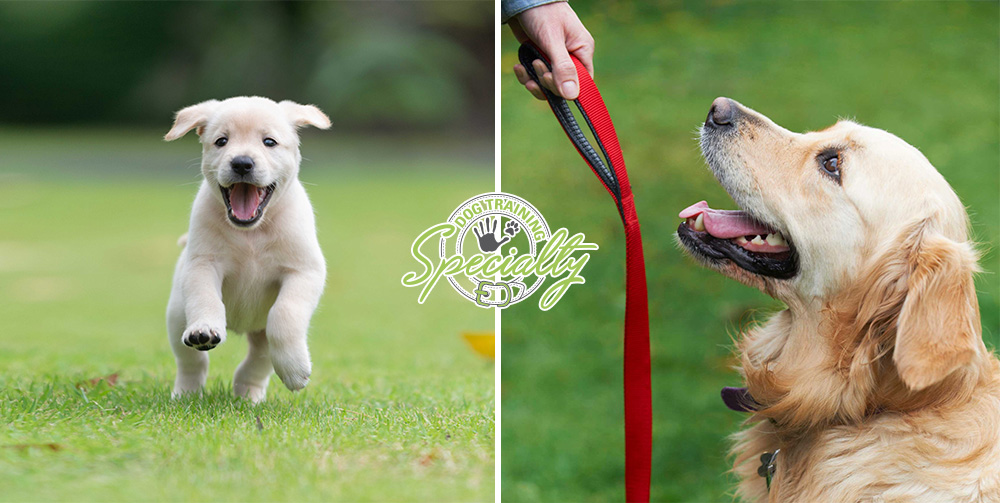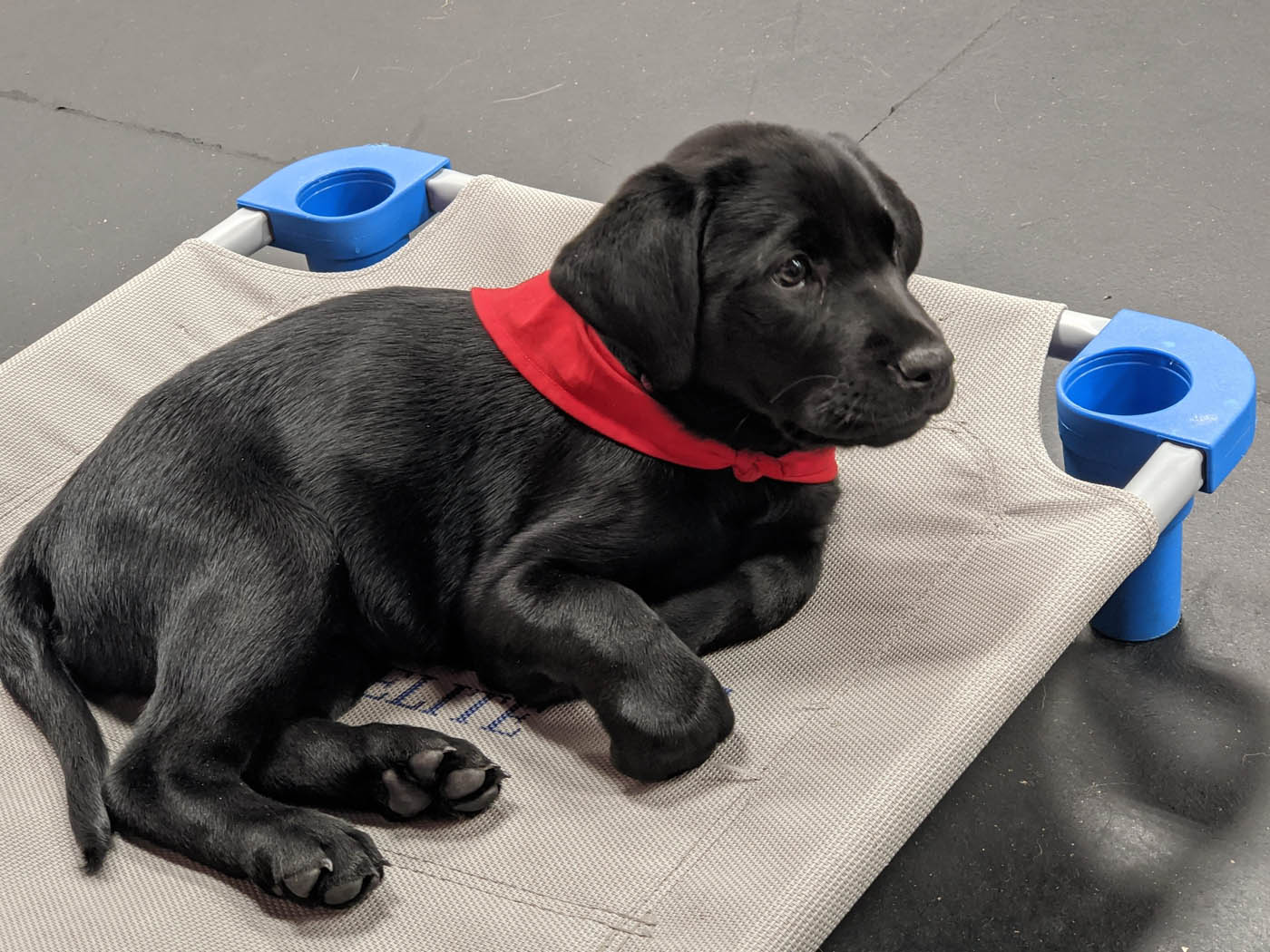Expert Insights on Dog Training Charlotte NC: Transform Your Pup Today
Expert Insights on Dog Training Charlotte NC: Transform Your Pup Today
Blog Article
The Ultimate Guide to Pet Dog Training: Building a Delighted, Loyal Animal
Reliable canine training is a complex process that pivots on a deep understanding of canine behavior and the application of tested techniques. By accepting positive support and regular command usage, family pet owners can cultivate not just obedience but likewise a solid, trusting connection with their pets. The journey does not end with fundamental commands; resolving behavior issues and producing a nurturing training setting are just as essential elements. As we discover these components, it becomes apparent that the path to a material and mannerly canine friend might hold more complexities than one may at first presume.

Recognizing Dog Habits
Just how does a canine's actions reflect its mental and emotional state? A pet's actions can serve as a home window into its feelings, requirements, and total psychological wellness.
Body movement also plays a vital role in comprehending canine habits. A relaxed position and open mouth signal convenience, whereas stressful muscles and pinned ears may suggest anxiousness or aggression. Observing these signals is vital for recognizing the source of a canine's habits, whether it comes from exhilaration, fear, or disappointment.
Furthermore, a canine's interaction with its atmosphere and other animals can provide insight into its mood. A dog that involves happily with other canines is likely sensation safe and social, while one that displays avoidance or aggression might be experiencing anxiety or insecurity. Understanding these behavior hints is important for fostering a solid connection between the family pet and the owner, inevitably adding to the dog's psychological health and wellness and well-being.
Essential Educating Methods
Effective pet dog training techniques are essential for cultivating desirable actions and enhancing the bond in between a pet dog and its owner. Using positive support is one of one of the most effective techniques, where rewards such as deals with, appreciation, or playtime are offered to strengthen wanted habits (Dog training). This urges the dog to repeat those habits, creating a favorable discovering atmosphere
Consistency is one more critical aspect in pet training. Commands ought to be clear and consistent, and all member of the family must use the exact same rules to prevent perplexing the dog. Timing is similarly vital; rewards ought to be provided immediately after the preferred habits to develop a clear connection between the action and the incentive.
Furthermore, engaging and short training sessions are reliable, as pets have varying interest spans. Go for sessions of 5 to 15 mins, depending on the dog's age and energy level. Integrating play right into training can additionally boost inspiration and enjoyment for both the owner and the canine.
Finally, persistence is critical. Pets learn at their own pace, and maintaining a calm disposition will help reduce disappointment, making sure a favorable training experience. These necessary strategies lay the foundation for effective pet dog training and a desensitization dog training harmonious connection.
Basic Commands to Teach

When educating these commands,Consistency and positive reinforcement are crucial. Usage deals with, praise, and playtime to reward your pet dog's go to these guys successes. Short, constant training sessions are extra effective than long, irregular ones. By instilling these fundamental commands, proprietors outfit their pets with the abilities necessary for a well-behaved and harmonious connection.
Attending To Typical Behavioral Problems
Recognizing and resolving usual behavior problems in dogs is important for fostering an unified relationship in between family pets and their owners. Numerous dogs show habits such as excessive barking, eating, or hostility, which can come from anxiety, dullness, or lack of proper training. Recognizing the origin of these actions is the initial step towards effective treatment.
For instance, too much barking might indicate a demand for attention or a feedback to ecological stimuli. In such situations, owners ought to analyze the pet dog's environment and supply sufficient psychological stimulation, such as interactive playthings or regular workout. Chewing can commonly be managed by rerouting the behavior to proper chew products and ensuring that the pet dog has enough exercise to lower monotony.
Hostile behavior needs mindful handling and may require specialist training support. It's critical to comprehend that penalty can exacerbate stress and anxiety and aggressiveness, resulting in a cycle of behavior concerns. Instead, focus on favorable support techniques to award preferable actions and reinforce a sense of protection.
Building a Positive Training Atmosphere
Producing a favorable training setting is fundamental for reinforcing preferable actions in dogs and alleviating behavior concerns. This environment ought to be defined by uniformity, inspiration, and a clear understanding of the training purposes. By developing a routine, dogs learn what is expected of them, which helps in reducing stress and anxiety and complication.
Making use of favorable support strategies, such as deals with, appreciation, and play, cultivates a complacency and inspiration in the pet. Rewarding etiquette quickly and consistently reinforces the desired activities, making the training procedure extra reliable - Dog training. Additionally, trainers should continue to be person and calmness, as pet dogs are sensitive to their handlers' feelings
The training room must be complimentary from diversions to guarantee the canine can focus on the jobs available. Think about using a quiet area or a safe outside area. Integrating playtime and socializing into training sessions advertises an all-round method, boosting the canine's learning experience.
Inevitably, a positive training setting nurtures a solid bond between the pet and handler, bring about an obedient, happy family pet. By prioritizing this environment, family pet owners can successfully deal with behavior obstacles and grow a successful training journey.
Final Thought
Efficient pet dog training counts on a comprehensive understanding of canine behavior and the application of favorable support strategies. Taking on these concepts ensures a gratifying training experience for both pet dogs and their owners.
Efficient pet dog training is a complex procedure that pivots on a deep understanding of canine actions and the application of proven techniques. navigate to this site A dog that engages playfully with other dogs is likely sensation secure and social, while one that exhibits evasion or aggression might be experiencing stress or instability.Reliable pet training strategies are crucial for cultivating preferable habits and enhancing the bond between a canine and its owner.Developing a favorable training atmosphere is essential for reinforcing desirable actions in pet dogs and alleviating behavioral issues.Effective pet training counts on a detailed understanding of canine behavior and the application of positive support methods.
Report this page